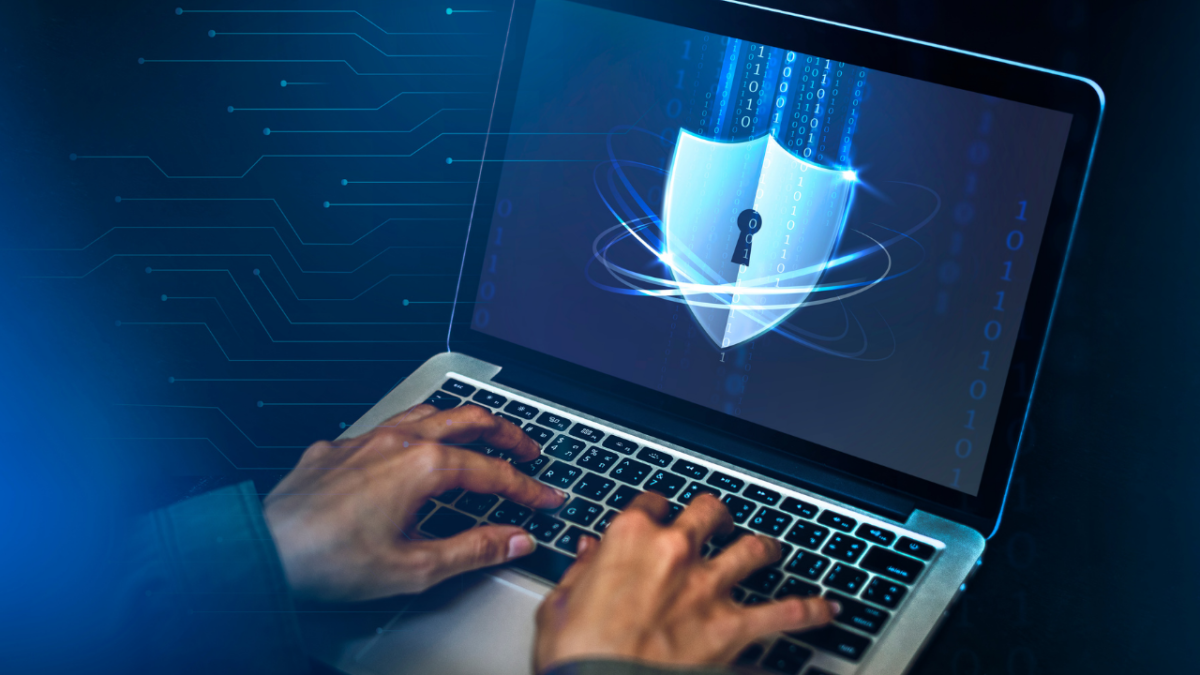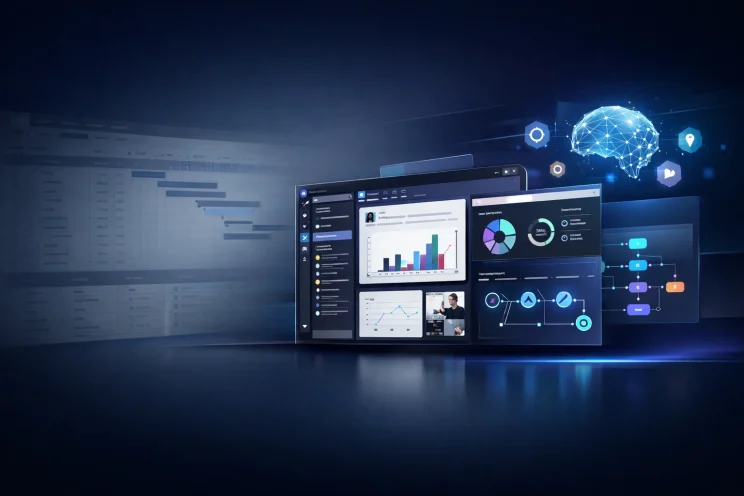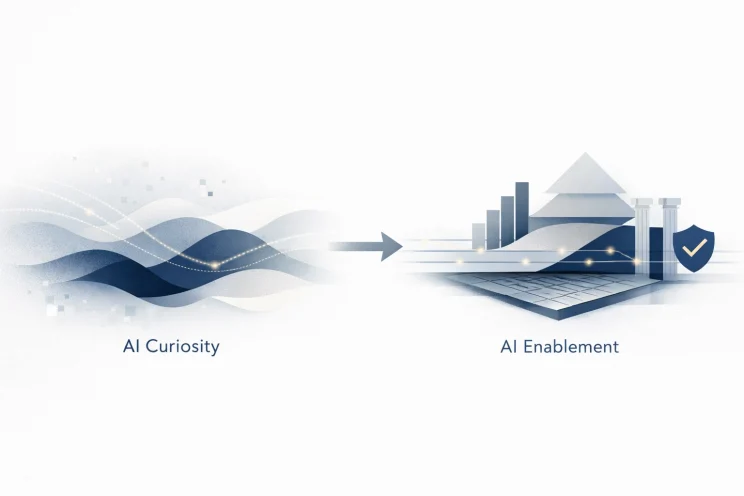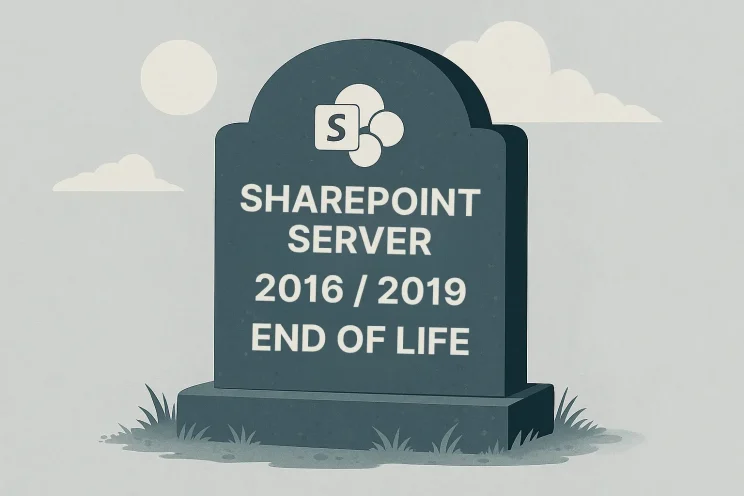If you have heard anything about cybersecurity recently, you might be familiar with the Cybersecurity Model Certification (CMMC) and the Zero Trust security framework. If not, you likely will be familiar with them in the near future. Both of these security measures aid in the ongoing cyberthreats that many businesses face today. Implementing Zero Trust is the key to a successful CMMC journey.
What is CMMC?
The Cybersecurity Maturity Model Compliance (CMCC) is a new model that is implemented by all contractors and subcontractors within the Department of Defense (DOD). This framework is meant to enforce Defense Federal Acquisition Regulation Supplement (DFARS) requirements; by enforcing DFARS requirements, it helps to assure that controlled unclassified information (CUI) is protected. With CMMC now in place, organizations will no longer be self-attesting to meet these requirements. Instead, it will be done by a CMMC Third Party Assessment Organization (C3PAO). Once your C3PAO has completed the assessment, a ranking will be given based on your level of security posture and processes. In order to work on a contract, organizations will need to meet a certain level of requirement.
What is Zero Trust?
Because employees are now accessing company data from home, coffee shops, or on the go, the importance of security is at an all-time high. Zero Trust security framework uses NIST 800-207 to create minimal impact of a comprised asset in the workplace. Zero Trust’s concept, “Never Trust and Always Verify,” assumes a breach has already taken place. Zero Trust gives the least amount of privilege possible; it treats each asset (users, applications, OSes, servers, etc.) responsible for their own protection, as opposed to security at the network level.
Storing data in the cloud has become increasingly popular in the past few years. In a world where many organizations now operate remotely, the need for a Zero Trust mentality is critical. As more businesses go digital, Zero Trust will come more into play as it runs hand-in-hand with keeping cloud data secure. It does so by stopping attackers in their tracks using tools such as multi-factor authentication and minimizing the damage of a breach.
Benefits of Zero Trust
- Reduces internal and external threats
- Optimized for user experience
- Reduces organizational risk
- In-depth visibility across the organization
How Can Implementing Zero Trust Aid in Your CMMC Journey?
Overall, both CMMC and Zero Trust are meant to protect your organization from threats and improve your security posture. Implementing Zero Trust is a way to fast-track your CMMC process by remedying issues before being advised by a registered provider organization (RPO). Zero Trust gives real-time control to who is accessing your data and lets workers put a stop to an infected asset immediately. Additionally, it helps you identify your “low hanging fruit” that puts you at greater risk of being attacked.
It is important to remember that Zero Trust is a mindset across an organization that will take work but will pay off when it comes to protecting valuable assets such as CUI. Once you implement a Zero Trust security framework, your organization will cover and surpass many CMMC requirements.
Want more information on Zero Trust? Download our free Zero Trust Whitepaper today to get started on your Zero Trust Journey.




